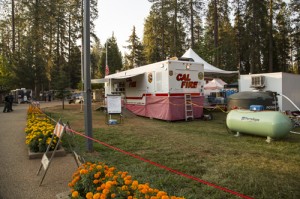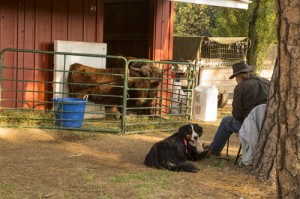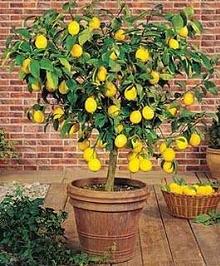The U.S. Department of Agriculture (USDA) has announced the expansion of crop insurance to provide additional options for fruit and nut producers. The Supplemental Coverage Option (SCO) and the Actual Production History (APH) Yield Exclusion are now available to cover fresh fruit and nuts in select counties beginning with the 2016 crop year.
SCO will now be available in select counties for almonds, apples, blueberries, grapes, peaches, potatoes, prunes, safflower, tomatoes, and walnuts for the 2016 crop year. Grapefruit, lemons, mandarins/tangerines, oranges, and tangelos will be eligible for coverage beginning with the 2017 crop year. This is in addition to the alfalfa seed, canola, cultivated wild rice, dry peas, forage production, grass seed, mint, oats, onions, and rye that were recently made available for 2016 as well. Currently, SCO covers corn, cotton, cottonseed, grain sorghum, rice, soybeans, spring barley, spring wheat, and winter wheat in selected counties.
SCO is an area-based policy endorsement that can be purchased to supplement an underlying crop insurance policy. It covers a portion of losses not covered by the same crop’s underlying policy. USDA’s Risk Management Agency, which administers the federal crop insurance program, has posted information on the expanded program, including where SCO is available by crop and county. Visit www.rma.usda.gov/news/currentissues/sco/index.html to learn more.
Producers of apples, blueberries, grapes, peaches, potatoes, prunes, safflower, tomatoes, and walnuts in select counties will have the option to elect the APH Yield Exclusion for the 2016 crop year. Producers of grapefruit, lemons, mandarins/tangerines, oranges, and tangelos will have the option to elect the APH Yield Exclusion for the 2017 crop year. Alfalfa seed, cultivated wild rice, dry peas, forage production, oats, onions, rye and winter wheat are also eligible in certain counties beginning with the 2016 crop year. These are in addition to barley, canola, corn, cotton, grain sorghum, peanuts, popcorn, rice, soybeans, sunflowers and spring wheat, which were offered beginning in the 2015 crop year.
The APH Yield Exclusion allows farmers, with qualifying crops in eligible counties, to exclude low yields in exceptionally bad years (such as a year in which a natural disaster or other extreme weather occurs) from their production history when calculating yields used to establish their crop insurance coverage. Crop years are eligible when the average per planted acreage yield for the county was at least 50 percent below the simple average for the previous 10 consecutive crop years. It will allow eligible producers to receive a higher approved yield on their insurance policies through the federal crop insurance program.
Producers also have access to new online tools designed to help them determine the options that work best for their operations. The Crop Insurance Decision Tool and the SCO/APH Yield Exclusion mapping tool, available online, provide farmers with information on APH Yield Exclusion and SCO eligible crops, crop years, and counties where they may elect the programs. This user-friendly resource can help producers quickly explore and understand available coverage options. Users will get general estimates to help them make purchasing decisions. Producers should consult their crop insurance agent for detailed information, sales closing dates and an actual premium quote.
A list of crop insurance agents is available at all USDA Service Centers and online at the Risk Management Agency’s agent locator. Growers can use the agency’s cost estimator to get a premium amount estimate of their insurance needs online. Visit the Risk Management Agency at www.rma.usda.gov/news/currentissues/aphye/index.html to learn more about SCO and APH Yield Exclusion.
APH Yield Exclusion and SCO are made possible by the 2014 Farm Bill, which builds on historic economic gains in rural America over the past six years, while achieving meaningful reform and billions of dollars in savings for taxpayers. Since enactment, USDA has made significant progress to implement each provision of this critical legislation, including providing disaster relief to farmers and ranchers; strengthening risk management tools; expanding access to rural credit; funding critical research; establishing innovative public-private conservation partnerships; developing new markets for rural-made products; and investing in infrastructure, housing, and community facilities to help improve quality of life in rural America. For more information, visit www.usda.gov/farmbill.
Link to news release










